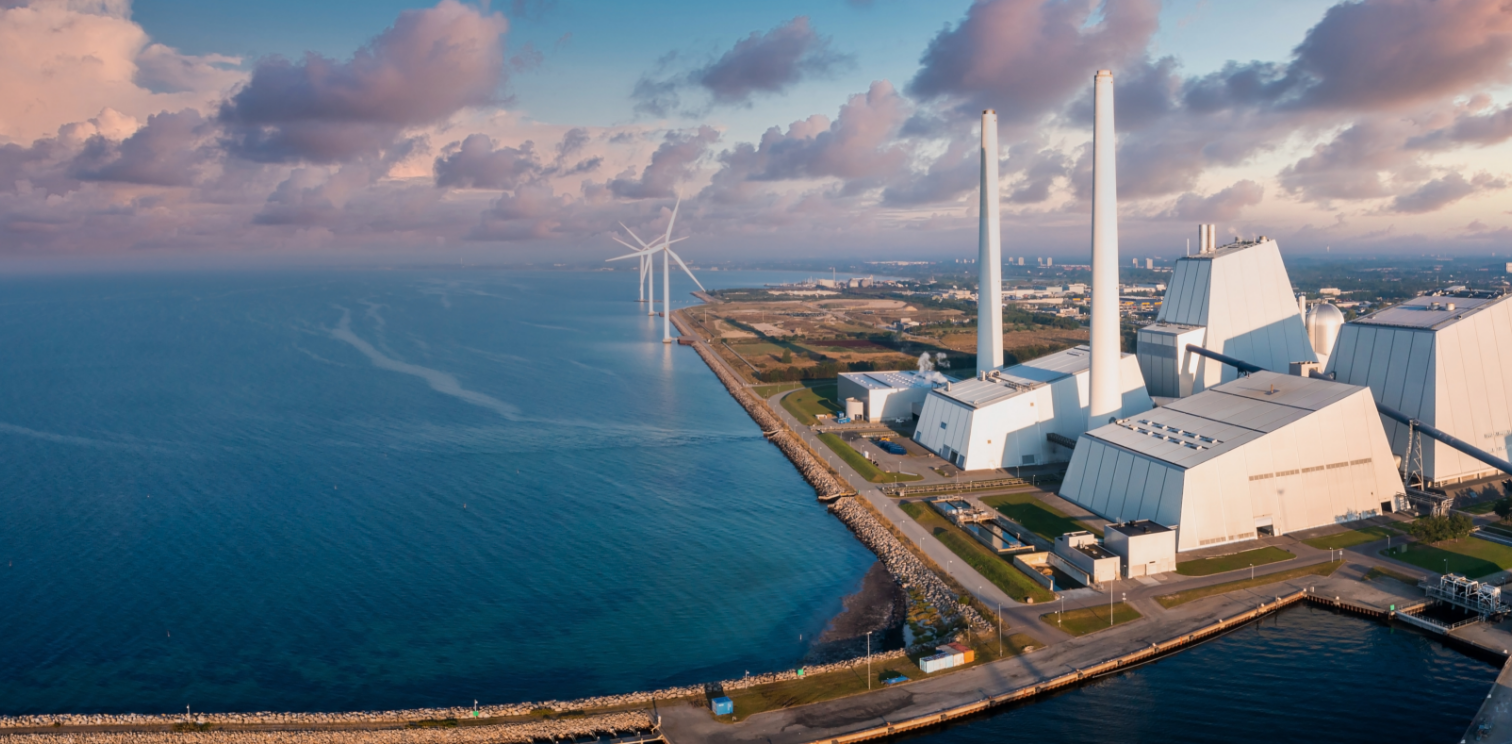September 18th, 2024
2 min read
The need to address climate change grows more urgent by the day. Corporations have a pivotal role to play – and, in fact, a responsibility to act – particularly in the context of global climate initiatives such as the Paris Agreement.
Recognizing this, many organizations worldwide are taking steps toward carbon neutrality, or Net Zero, and establishing sustainable practices to help to safeguard the planet.

Technological Innovation for a Sustainable Future
The adoption of technology is helping to accelerate these Net Zero plans. A recent study by NTT and ThoughtLab found that companies leading the way on the path to carbon neutrality are using advanced technologies such as IoT, digital twins and photonic networks to reduce their carbon emissions. They also excel at using AI and other tools for gathering and analyzing emissions data.
In addition, solutions such as intelligent distributed autonomous power systems (IDAPS) and energy management systems (EMS) are redefining energy generation and consumption paradigms. These advancements promote energy efficiency and grid stability while empowering local communities through decentralized energy solutions.
NTT’s Net Zero Targets
At NTT, we are committed to environmental sustainability through innovation and technology. In September 2021, we launched our environment and energy vision, NTT Green Innovation toward 2040, setting forth a dual mandate: achieving Net Zero while fostering economic growth.
To meet these ambitious goals, we have set clear milestones:
By 2030, we aim for an 80 percent reduction in greenhouse gas emissions compared to fiscal year 2013 levels across NTT.
Specific sectors like mobile (NTT DOCOMO) and data centers are targeted for carbon neutrality by 2030.
The ultimate goal is carbon neutrality for the entire NTT by 2040.
Pillars of Sustainability
Our approach revolves around three core pillars: Nature, Prosperity and Wellbeing. Within these pillars there are nine major challenges, including these three which fall under the Nature pillar:
-
Decarbonization
Transitioning towards a society with minimal carbon footprint by leveraging innovative technologies like IOWN and expanding renewable energy sources.
-
Circular Economy
Promoting a recycling-oriented business model that maximizes resource efficiency throughout our operations.
-
Harmonious Coexistence
Envisioning a future where human activities and nature coexist harmoniously, safeguarding ecosystems and biodiversity.
You can read about all nine challenges, and our approach to addressing them, here: The concept behind NTT’s sustainability strategy “Self-as-We” – NTT (global.ntt)

Leading the Charge in Renewable Energy
Renewable energy is a cornerstone of our strategy. By 2030, we aim to generate 8.3 billion kWh of renewable energy annually. This effort encompasses diverse renewable sources such as solar, wind, geothermal, biomass, and micro-hydroelectric power. Our approach emphasizes sustainable development, ensuring our energy projects integrate seamlessly with local communities and respect environmental integrity.
One such project is Japan’s largest onshore wind farm in Tsugaru, an example of our commitment to sustainable infrastructure. This wind farm not only generates clean energy but also revitalizes local communities. NTT Anode Energy is continuing to make more of these kinds of investments throughout Japan as part of our work to expand renewable energy infrastructure and foster sustainable development nationwide.
Join Us on the Journey
Accelerating NTT’s Transition to Net Zero offers a glimpse into our journey towards sustainability. It highlights the urgent need for collective action and the pivotal role of renewable energy in shaping a sustainable future for generations to come. Learn more about how NTT is leading the way towards carbon neutrality and pioneering the future of energy innovation.
As the world navigates towards a more sustainable future, renewable energy development is critical. NTT’s commitment to innovation, environmental stewardship, and community impact underscores our role in shaping a world where energy is clean, abundant, and accessible to all.





